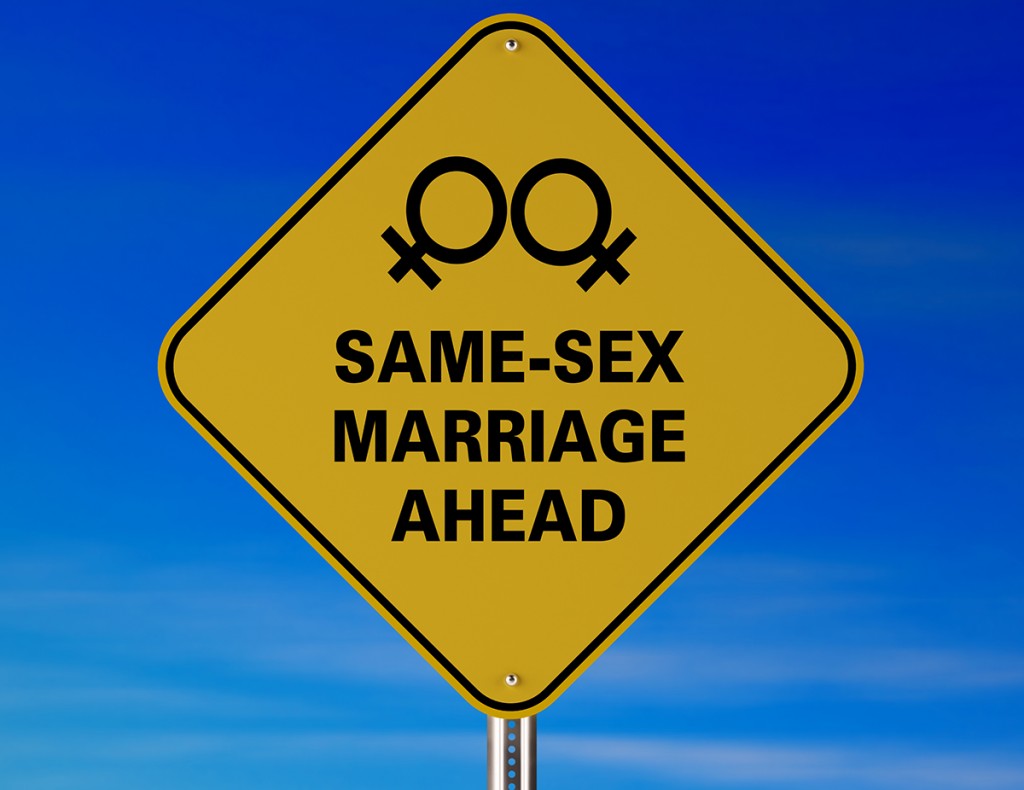Truth be told, in our bias for fair, accurate journalism, we at GetReligion probably focus too much on the negative.
We point out mistakes in mainstream reporting. We cry out for balance. We complain about the MSM bubble.
For once, I want to accentuate the positive. Therefore, please allow me to highlight a Seattle Times story this week as a perfect example of how to write a puff piece.
Before I begin, however, I must stress that reporters typically do not write their own headlines. In this case, the headline and deck might give the reader the mistaken impression that this will be an actual news story, not a puff piece (shame on the headline writer!):
In black churches, a gay-marriage divide
A source of debate across the country and the subject of ballot measures in four states this year, same-sex marriage remains a thorny issue within the African-American community, where objections are deeply rooted in religion and biblical teachings.
At this point, I must admit that I was worried. I feared that the story might subject me to actual intelligent voices on both sides seriously engaging the thorny issue and even providing insight (of a theological nature!) on the deeply rooted objections.
Whew! Imagine my relief when I realized that this would indeed be a puff piece.
Some key elements that make this puff piece work:
• The lede: Immediately, the Times takes readers to a gay-friendly church that stands as a stark contrast to the discriminatory black churches that — somehow in an enlightened age — still manage to claim the Bible condemns homosexuality:
Sounds of gospel music resonated through the sparse sanctuary on a recent Sunday afternoon as voices rose up in praise and a few hands sailed through the air.
Liberation United Church of Christ in Seattle’s Madrona neighborhood is a small congregation with a style of Christian worship not unlike many charismatic black churches.
But its congregants, many of them African American, come here as much for the spiritual euphoria as for this: that as gays and lesbians, they have felt unwelcome and uncomfortable in the churches of their parents and grandparents.
That’s particularly relevant in a year when questions about whether gays should be allowed to marry will appear on the November ballot in four states, including Washington.
• The sourcing: The Times quotes eight sources by name, by my quick count. Fortunately, six of them support same-sex marriage and contribute mightily to the puff piece. But even the two sources who oppose same-sex marriage serve a purpose, providing caricatures with real names to highlight the lunacy of the other side:
Within the community, there are unspoken concerns, particularly among older people, that to accept gays as victims of discrimination somehow diminishes the discrimination blacks have endured.
Some have even said that given the challenges in the black community — from education to health care — marriage for gays cannot be a priority, despite a significant number of African Americans in same-sex relationships.
But ultimately for many, the Bible is the final arbiter.
“People have a hard time advocating for something that is biblically wrong,” said André Sims, senior pastor of Christ the King Bible Fellowship in Federal Way, who has participated in recent rallies in favor of traditional marriage.
“Same-gender relations are wrong because of what God said about them.”
Notice the way the story makes a lot of broad generalizations about the other side without attributing the information to a named source? That’s a brilliant tool for a puff piece. But then the story quotes a single pastor as the sole representative of the “many conservative leaders — including some black pastors” opposed to same-sex marriage. Again, brilliant.
• The marginalization: Make it crystal clear which point of view is on the right side of history and public opinion. (Hint: Don’t dare let on that a state referendum on legalizing same-sex marriage has never passed in the United States or that polls show support for the Washington state measure under 50 percent.) The proper way to write it:
While national polls now show majority support for gay marriage in the general population and among other racial and ethnic groups, support among black people remains under 50 percent — despite a bump after endorsements by President Obama and the NAACP.
Recently, black pastors in parts of the South and Midwest have encouraged voters to sit out the election or to consider not supporting Obama because of his position.
In Atlanta, Alveda King, a niece of the late Martin Luther King Jr.’s, said she would never suggest that people not vote. But she said she and some pastors are so disturbed by Obama’s endorsement they’ve formed an organization, GodSaid.org, to urge black Americans to vote their “biblical values” rather than a party line.
At this point, we’re roughly two-thirds of the way through the story. The writer has allowed token appearances by the other side. But the entire rest of the story — the final one-third — needs to provide positive, compelling anecdotes and quotes to support the need for same-sex marriage. Bingo, the Times is up to the challenge! This is such a terrific puff piece — leads with the side that’s right, ends with the side that’s right and sprinkles the side that’s wrong in the middle, but just a little bit!
All in all, I don’t think anyone could ask for a better puff piece.
Seattle skyline image via Shutterstock













